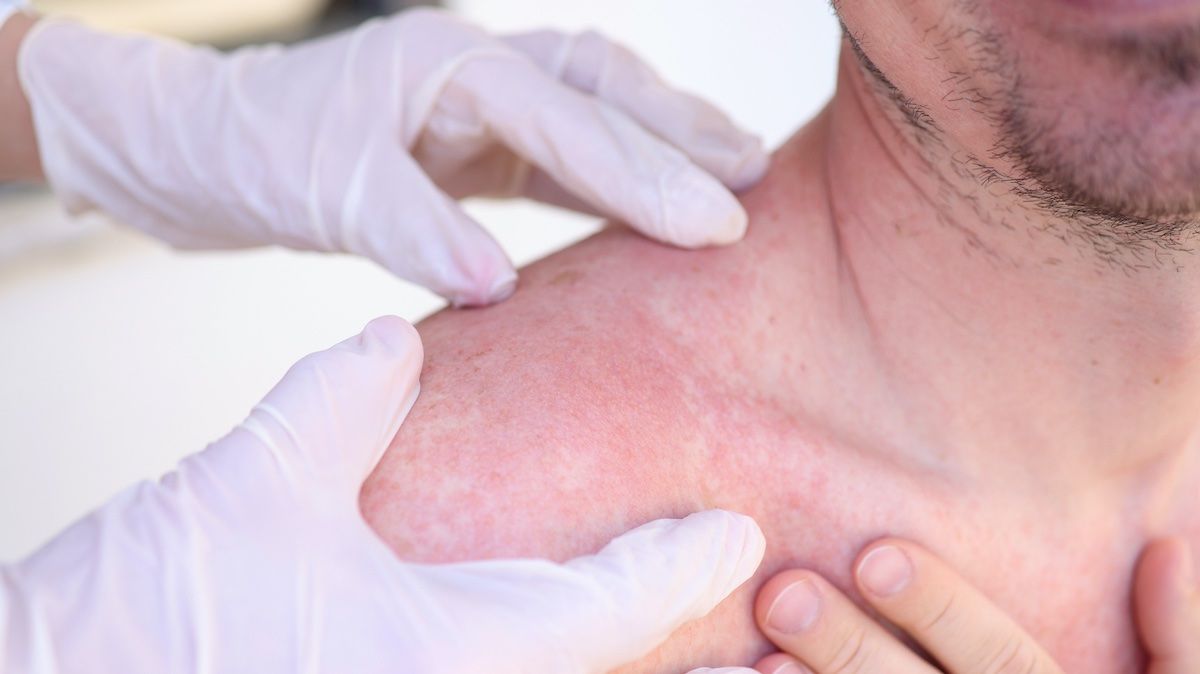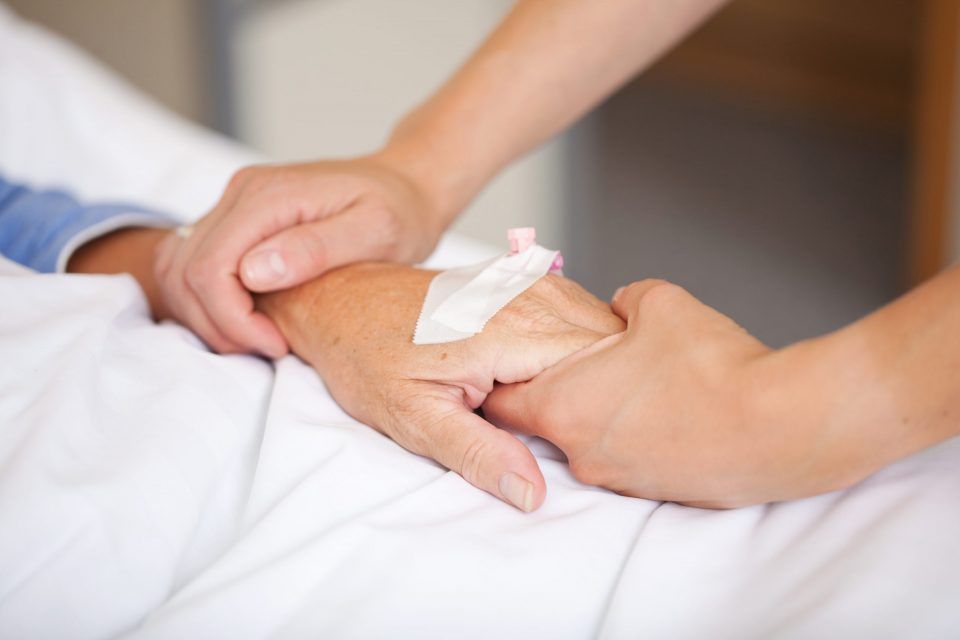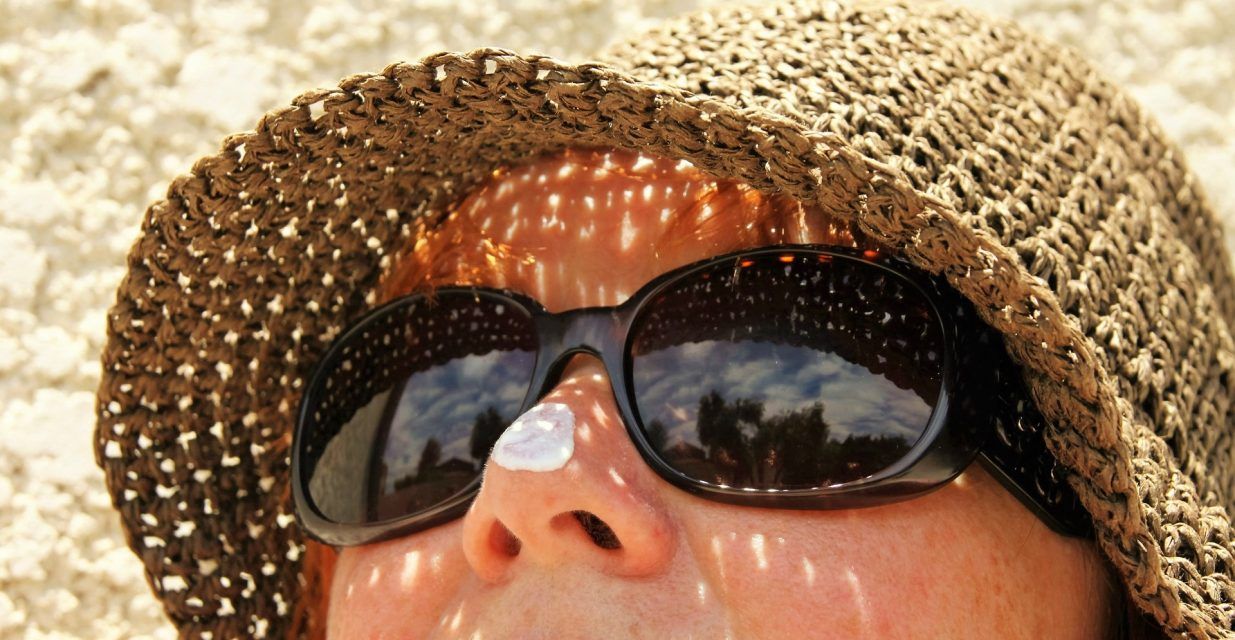the next steps included followup monitoring appointments for five years, with ultrasounds of her right armpit every four months, physical exams to check any suspicious looking moles, as well as scans.
“people think, ‘oh, well, you just have [the mole] removed in your doctor’s office and you’re on your way,’” meehan says. “that’s a misconception. melanoma is the most invasive type of skin cancer with the highest risk of death. i don’t think people are aware of that.”
indoor tanning is like smoking for your skin
sauder sees patients of all ages and says that everyone is at risk of developing melanoma because of a “perfect storm” of factors, including stronger radiation rays from the sun because of the ozone breakdown, and the proliferation of indoor tanning which he equates with smoking for your skin. even using indoor tanning once increases your chances of developing melanoma. other top risk factors include having fair skin that burns rather than tans, a family history of melanoma or a history of severe sunburns.
“we know that blistering sunburns before the age of 18 increases your risk of developing melanoma in your lifetime,” sauder says, adding that while he’s not against spending time outdoors, he recommends being safe around the sun. this includes applying sunscreen liberally and frequently (especially during rigorous activity), taking advantage of shade, and wearing sun protective clothing like hats and rash guards. “the ultimate goal ideally is that your skin is uniform in colour, so you really want to try and avoid that t-shirt tan.”
 5 minute read
5 minute read


















